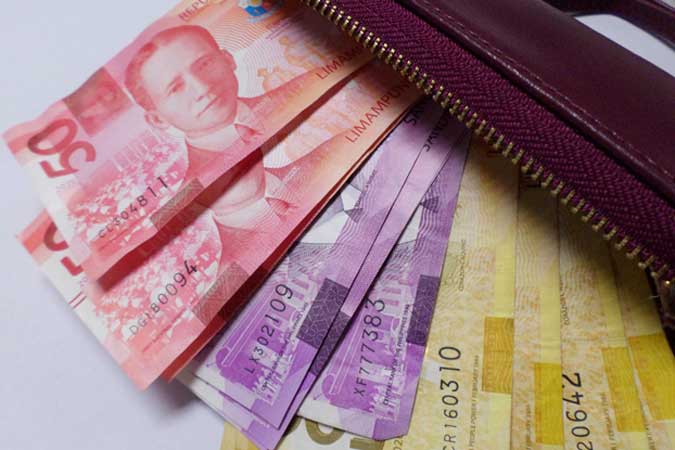THE NATIONAL Government’s gross borrowings rose 35.6% from a year ago to P1.653 trillion in the four months to April after the state returned to the global debt market twice last month.
Latest data from the Bureau of the Treasury (BTr) showed new debts incurred during the period were bigger than the P1.219 trillion recorded from January to April 2020.
April alone posted P271.95 billion in gross borrowings, up 3.5% from P262.75 billion the year before. On a monthly basis, the total in April went up 95% from P139.33 billion in March.
Domestic debt accounted for 39% of the total, while the rest were from foreign creditors.
New debts obtained in the local market jumped by 38.3% to P106.15 billion last month from P172.1 billion a year ago, broken down into P95 billion in Treasury bonds (T-bonds) and P11.15 billion in Treasury bills (T-bills).
The Treasury did not make any amortization payments that month aside from the P38.165-billion redemptions made from the bond sinking fund (BSF).
Meanwhile, external borrowings surged 83% to P165.8 billion from P90.65 billion in the same month last year, mainly due to the P121.97 billion and P24.2 billion in issuances of euro-denominated and Samurai bonds, respectively.
On April 13, the Treasury issued ¥55 billion of three-year Japanese yen-denominated bonds with a coupon set at 0.001%. For its second issuance this year, the government settled on April 28 the €2.1 billion it raised from a triple tranche offering of euro-denominated bonds.
The state also had additional project loans worth P9.966 billion in April, as well as P9.68 billion in program loans.
Excluding the P2.304-billion debt service bill of its foreign debt, total net borrowings last month hit P163.5 billion, up 91% year on year.
In the four months to April, local debt made up 85.2% of the P1.653-trillion total borrowings while the rest were sourced offshore.
Local gross borrowings hit P1.408 trillion, up 43% from P982.13 billion a year ago.
This is broken down into P540 billion in short-term loan from the central bank, P463 billion in retail Treasury bonds, P294 billion in T-bonds and P111 billion in T-bills.
Less the P291-billion amortization payments, the four-month net borrowings stood at P1.356 trillion, up 47% from P921.105 billion a year ago.
External borrowings, meanwhile, totaled P245.25 billion during the period, slightly higher by 3.34% than P237.33 billion a year ago.
This is composed of P122 billion in euro-denominated bonds, P72 billion in program loans, P27 billion in fresh project loans and P24.2 billion in “Samurai” papers.
The government repaid P145.1 billion of its foreign obligations in those four months, bringing down its net borrowings to P100.15 billion to date, up 27% year on year.
Minus all the amortization payments, the government’s overall net borrowings stood at P1.457 trillion in January-April, up 38% from P1.058 trillion a year ago.
In an economic bulletin, the Finance department said lessons from the previous crises such as the debt crisis of 1984-1985 and Asian Financial Crisis showed the Philippines is “best able to hurdle external and internal shocks by maintaining strong macroeconomic fundamentals.”
“Conservation policies require transparent and prudent deficit and debt management. The comprehensive consolidated public sector, aside from the NG departments and agencies, should form part of the budget,” the Department of Finance said.
“Debt benchmarks should be put in place to avoid overborrowing. Project economic returns should be higher than project costs to ensure that debts can be repaid. Public sector borrowings need to be approved by the independent monetary authority (the BSP) to ensure compliance with this good practice,” it added.
The government is looking to raise P3 trillion this year from domestic and external lenders to help fund its budget deficit, which is seen to hit 8.9% of gross domestic product (GDP). — B.M.Laforga

